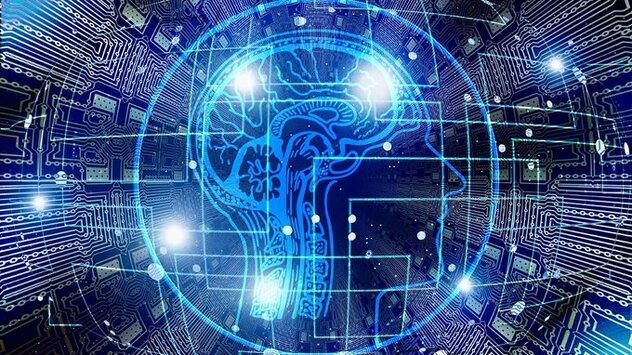Alerts

The world of science is undergoing a profound transformation — one powered by the role of artificial intelligence in space observation and data technology. Once upon a time, space discoveries depended on small, specialized teams. Today, AI-driven tools and massive data systems are accelerating our understanding of the universe in ways once thought impossible.
AI isn’t just assisting scientists — it’s becoming a key collaborator. From analyzing terabytes of telescope data to identifying patterns invisible to the human eye, artificial intelligence is reshaping how research unfolds.
In the past, astronomy relied on patience, manual observation, and narrow datasets. Now, with AI and data technology, scientists can access, process, and interpret astronomical data in real time. Digital platforms are also breaking down barriers, enabling global collaboration and open access to previously siloed information.
This shift means that more researchers — from institutions, startups, and even citizen scientists — can contribute to major discoveries. The combination of cloud computing, machine learning, and data democratization is fueling a faster, more connected research ecosystem.
One of the most striking examples of the role of artificial intelligence in space observation and data technology is how AI handles massive data streams from modern telescopes. Instruments like the Vera C. Rubin Observatory and the Euclid mission produce petabytes of data — far more than humans could analyze manually.
AI algorithms can detect anomalies, track transient cosmic events, and identify new celestial bodies in seconds. This real-time processing allows astronomers to respond instantly to new phenomena, whether it’s spotting an exoplanet, tracing a supernova, or detecting unusual light patterns.
AI is not just for elite institutions anymore. Platforms powered by machine learning now let amateur astronomers participate in professional-grade discoveries. Citizen science projects like SETI and Unistellar are giving everyday people the chance to contribute valuable data and insights to space research.
This democratization is a defining feature of AI’s role in space observation and data technology, turning astronomy into a more inclusive, collaborative, and data-rich discipline.
As AI models grow more advanced, they’ll play a bigger role in predictive analysis — helping scientists anticipate cosmic events before they happen. Coupled with advances in quantum computing and 3D simulation, these systems could soon model entire galaxies or predict the evolution of star systems.
For organizations in data infrastructure, cloud computing, or scientific research, this represents an exciting new era. The fusion of AI and space science is not just transforming astronomy — it’s redefining how humanity understands its place in the universe.
The role of artificial intelligence in space observation and data technology marks a turning point in scientific discovery. By blending AI, digital tools, and global collaboration, we’re entering an era where cosmic exploration is faster, smarter, and more accessible than ever before.
𝗦𝗲𝗺𝗮𝘀𝗼𝗰𝗶𝗮𝗹 𝗶𝘀 𝘄𝗵𝗲𝗿𝗲 𝗿𝗲𝗮𝗹 𝗽𝗲𝗼𝗽𝗹𝗲 𝗰𝗼𝗻𝗻𝗲𝗰𝘁, 𝗴𝗿𝗼𝘄, 𝗮𝗻𝗱 𝗯𝗲𝗹𝗼𝗻𝗴. We’re more than just a social platform — from jobs and blogs to events and daily chats, we bring people and ideas together in one simple, meaningful space.
